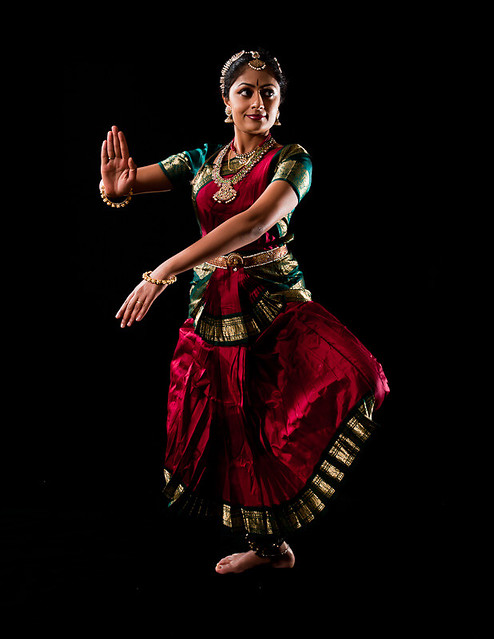It was December 2008 and I was in the midst of Christmas holidays in my 9th grade. We had our Annual Sports meet coming up on January 13, 2009. My History mam wanted us to do an entirely different dance form. And to our horror, she came up with the idea of blending three different classical dance forms into a single song. We split ourselves into 3 teams and we danced
1. Bharatanatyam
2. Kathakali
3. Mohiniyattam
Me and one of my besties were forced into Kathakali. We didn't have a clue about what we were going to perform but we were only 12 days short of our Sports Meet. We were given OD during the first period everyday to practise, but the rest of the school had to prepare for the mass drill and parade under the scorching sun. We were so lucky in that sense!! :) :) But only then we realized, that Kathakali was thornier than parade. As days went by, me and bestie, Samyu suffered from heel pain. But, finally managed to learn the "mudras" and the intense dance steps. The next difficult task was the costume. But our teachers put in all their ideas and designed the Kathakali costume so well. Our Art teacher was so patient in painting our faces. That dance turned out to be a great success that we danced the same in Athena'09 (cultural fest) and Independence day celebration (in Virudhunagar collectorate) and won the 3rd prize in both.


Kathakali, a renowned classical dance of India is known for its facial make-up and costumes. Kathakali is known to be originated from Kerala, a southern state in India. The male and female dancers have different costumes. It is a combination of dance and drama. Kathakali stages plays from Mahabarat. The language of the songs used for Kathakali is Manipravalam. Though most of the songs are set in ragas based on Carnatic music, there is a distinct style of plain-note rendition, which is known as the Sopanam style.
There are leading Kathakali styles that differ from each other in subtleties like choreographic profile, position of hand gestures and stress on dance than drama and vice versa. Some of the major original Kathakali styles included:
- Vettathu Sampradayam
- Kalladikkodan Sampradyam
- Kaplingadu Sampradayamampradayam
A distinguishing characteristic of this art form is that the actors never speak but use hand gestures, expressions and rhythmic dancing instead of dialogue (but for a couple of rare characters). In Kathakali, the story is enacted purely by the movements of the hands (called mudras or hand gestures) and by facial expressions (rasas) and bodily movements. So rather than the dance, Kathakali performers concentrate on the navarasas (nine facial expressions). The eyes of Kathakali dancers are so powerful that they can show any kind of expression.
As a part of modernizing, propagating, promoting and popularizing Kathakali, the International Centre for Kathakali at New Delhi has taken up a continuing project since 1980 of producing new plays based on not only traditional and mythological stories, but also historical stories, European classics and Shakespeare's plays. Recently they produced Kathakali plays based on Shakespeare's Othello and Greek-Roman mythology of Psyche and Cupid.




 06:08
06:08
 Unknown
Unknown





